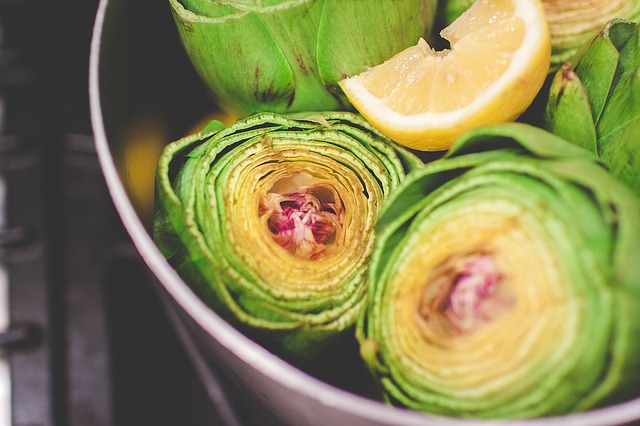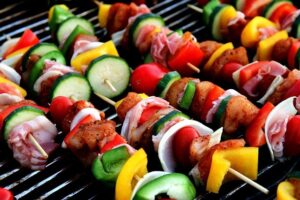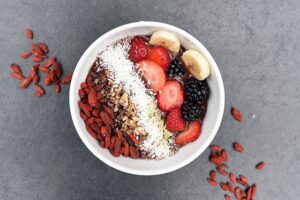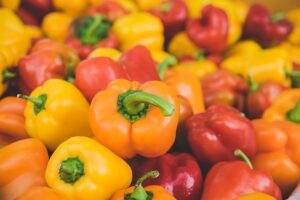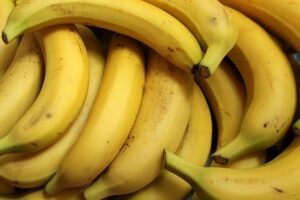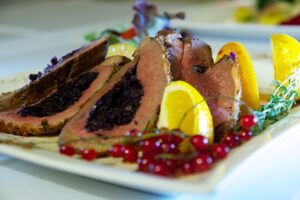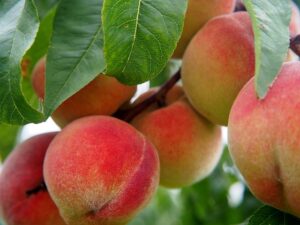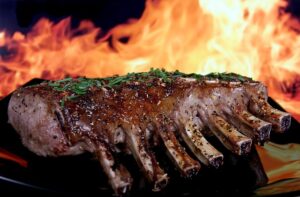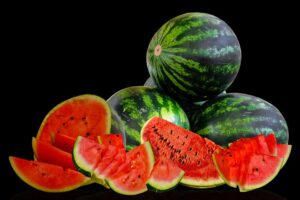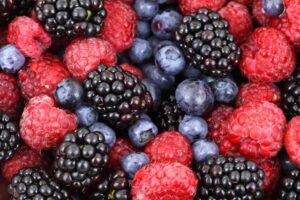Introduction
If you’re looking to increase your protein intake and consume 200g of protein a day, you’ve come to the right place. Whether you’re an athlete, bodybuilder, or simply want to optimize your nutrition, getting enough protein is essential for muscle growth, repair, and overall health. In this article, we will explore various strategies and food sources to help you reach your daily protein target.
Calculating Your Protein Needs
Before diving into the specifics, it’s important to determine your individual protein requirements. The recommended daily allowance (RDA) for protein is 0.8 grams per kilogram of body weight. However, if you’re aiming for higher protein consumption, you may need to adjust this value accordingly. For example, if you weigh 80 kilograms, you would need approximately 64 grams of protein based on the RDA.
To reach 200g of protein a day, you may need to increase your protein intake significantly. It’s advisable to consult with a registered dietitian or nutritionist to assess your specific needs and ensure you’re following a healthy and balanced diet.
Choosing Protein-Rich Foods
To meet your protein goals, it’s important to incorporate a variety of protein-rich foods into your diet. Here are some excellent sources of protein:
Poultry and Meat: Chicken breast, turkey breast, lean beef, and pork tenderloin are all high in protein. Aim for lean cuts and avoid excessive consumption of processed meats.
Seafood: Fish such as salmon, tuna, and trout are not only rich in protein but also provide essential omega-3 fatty acids. Other seafood options like shrimp and scallops are also protein-packed.
Dairy Products: Greek yogurt, cottage cheese, and low-fat milk are excellent sources of protein. They also contain calcium and other essential nutrients.
Eggs: Eggs are a versatile and affordable protein source. They can be enjoyed in various ways, such as boiled, scrambled, or as an ingredient in dishes.
Legumes and Beans: Lentils, chickpeas, black beans, and other legumes are not only high in protein but also provide dietary fiber. They are a great option for vegetarians and vegans.
Nuts and Seeds: Almonds, peanuts, chia seeds, and hemp seeds are examples of protein-rich nuts and seeds. They also offer healthy fats and other beneficial nutrients.
Meal Planning and Distribution
To ensure you consume enough protein throughout the day, it’s important to plan your meals and distribute your protein intake evenly. Here are some tips:
Spread Protein Intake: Divide your daily protein target into multiple meals and snacks throughout the day. This helps optimize protein absorption and utilization by the body.
Include Protein in Every Meal: Incorporate protein sources into each meal, whether it’s breakfast, lunch, or dinner. This could be eggs at breakfast, chicken breast in a salad for lunch, and fish for dinner.
Snack on Protein-Rich Foods: Have protein-rich snacks readily available, such as Greek yogurt, protein bars, or a handful of nuts. This can help you reach your protein goals and prevent excessive hunger.
Supplementation
While it’s best to obtain most of your protein from whole food sources, supplementation can be a convenient option to meet your protein needs. Protein powders, such as whey, casein, or plant-based options like pea or soy protein, can be added to smoothies or mixed with water for a quick protein boost. However, it’s important to remember that supplements should not replace a balanced diet but rather complement it.
Conclusion
Consuming 200g of protein a day is achievable with proper planning and a well-rounded diet. Incorporate a variety of protein-rich foods, distribute your protein intake evenly throughout the day, and consider supplementation if needed. Remember to consult with a healthcare professional or registered dietitian to ensure your protein intake aligns with your individual needs and goals.
References
– Mayo Clinic: mayoclinic.org
– Academy of Nutrition and Dietetics: eatright.org
– National Institutes of Health: nih.gov

